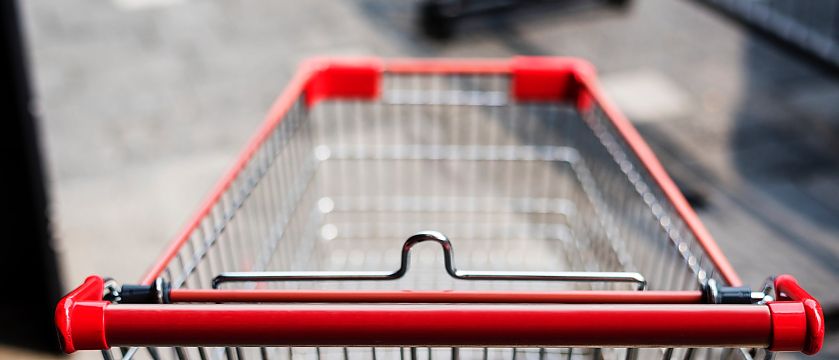
Consumer Goods Brands / Fast Moving Consumer Goods (FMCG)
Consumer goods brands are brands of products for daily and frequent use. That includes especially the so-called fast moving consumer goods or FMCG for short.
Are there examples of consumer goods brands?
The group of consumer goods brands includes for instance personal care products, toothpaste, detergents and foods. Added to those are goods for upmarket needs, such as luxury items like wine and beer. Fuels are also considered consumer goods. One of the most valuable brands in this segment has for many years been Coca-Cola: it has enormous global buying reach (see Best Global Brands Ranking by Interbrand, Results 2018).
The consumer goods industry is facing a number of challenges:
- Competition is fierce, as the markets are rather saturated.
- Customers react to this overabundance with price consciousness.
- Because retail brands are pushing their way into the markets, manufacturer brands are feeling increased pressure to innovate.
Another problem: Consumers perceive the range of consumer goods as homogeneous and interchangeable. The consumer goods market has the highest rate of perceived brand parity at 70 % (compared with 28 other industries). This is strongest in the case of gasoline (84 %), laundry detergents (81 %) and dairy products (76 %). (See Brand Parity study – it dates from 2009 but is still very much applicable.)
It follows, then, that for a consumer goods brand it does not make sense to try to differentiate solely through its functional benefit. It's brand success depends to a large extent on a focused positioning strategy – with the goal of being clearly recognizable and occupying a strong position in the minds of consumers.
Learn more here:
Siri, oder some beer! Why Alexa et al are the death of weak brands
Is socio-ecological activity becoming more important than profit?










